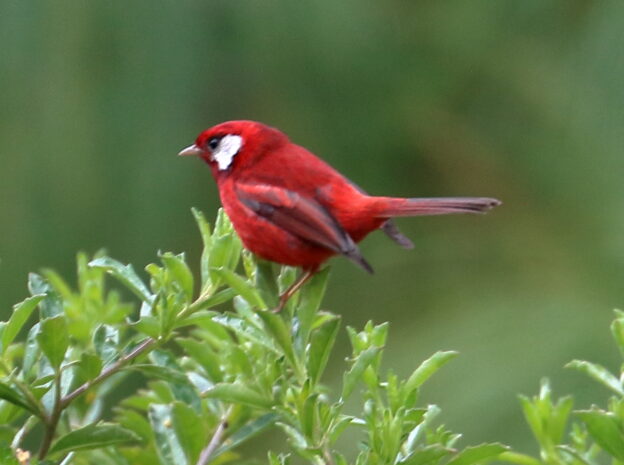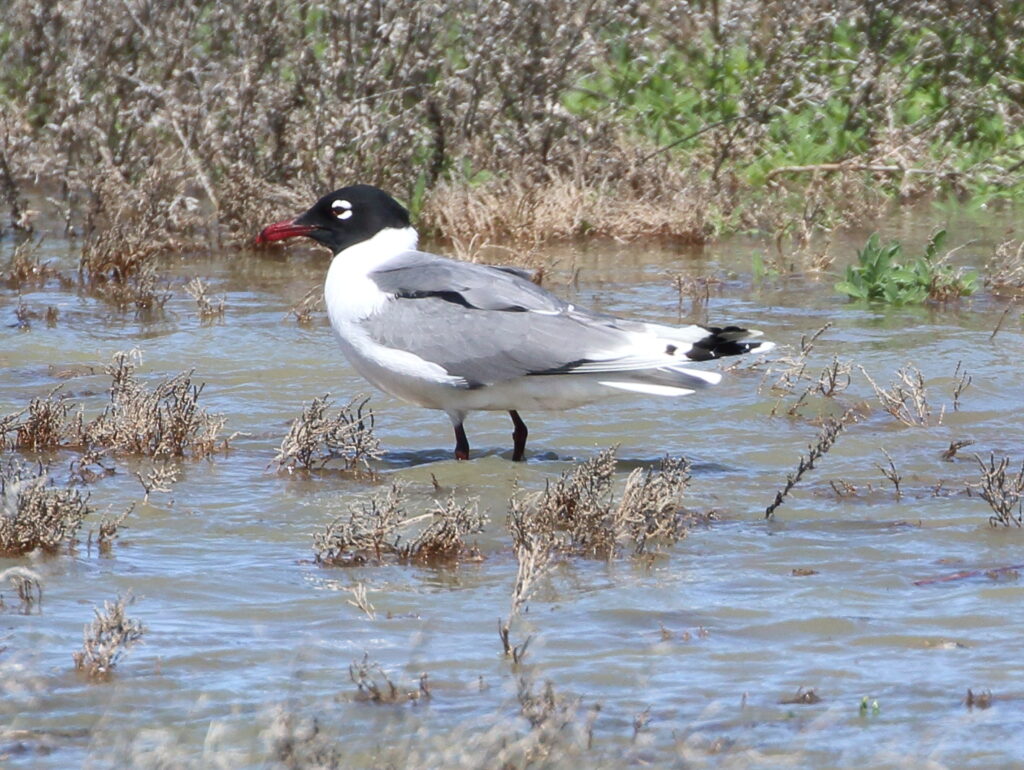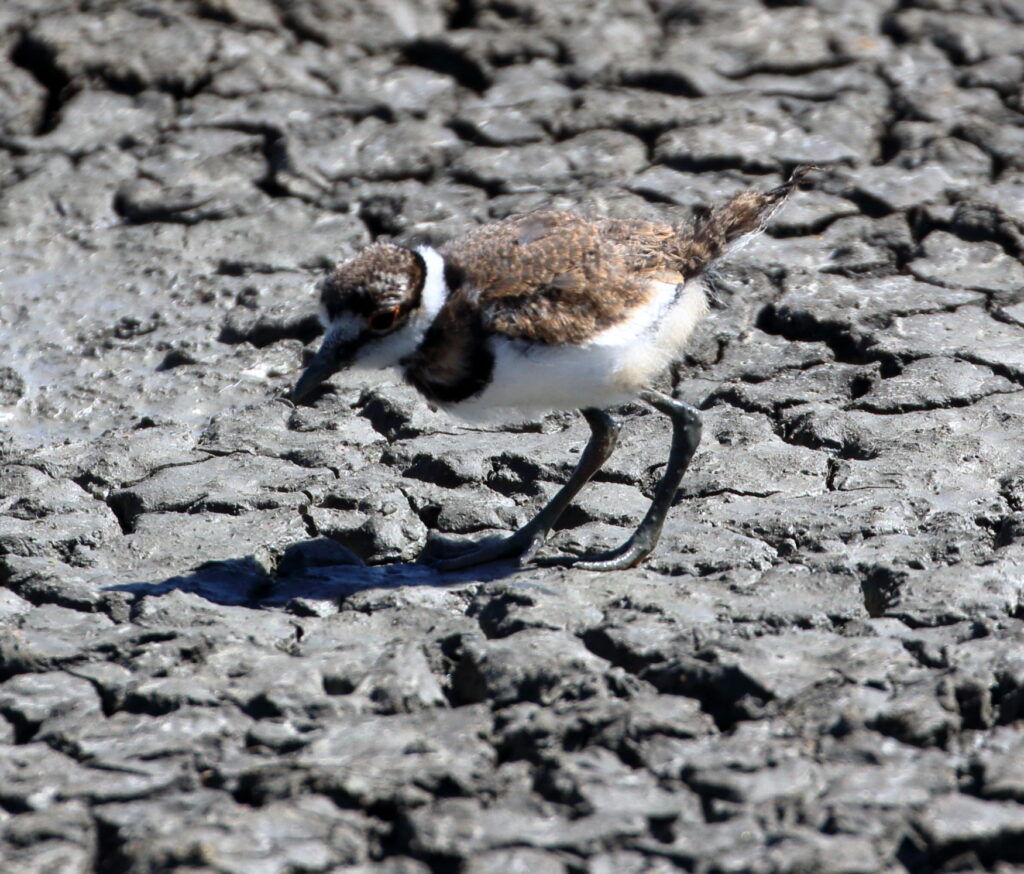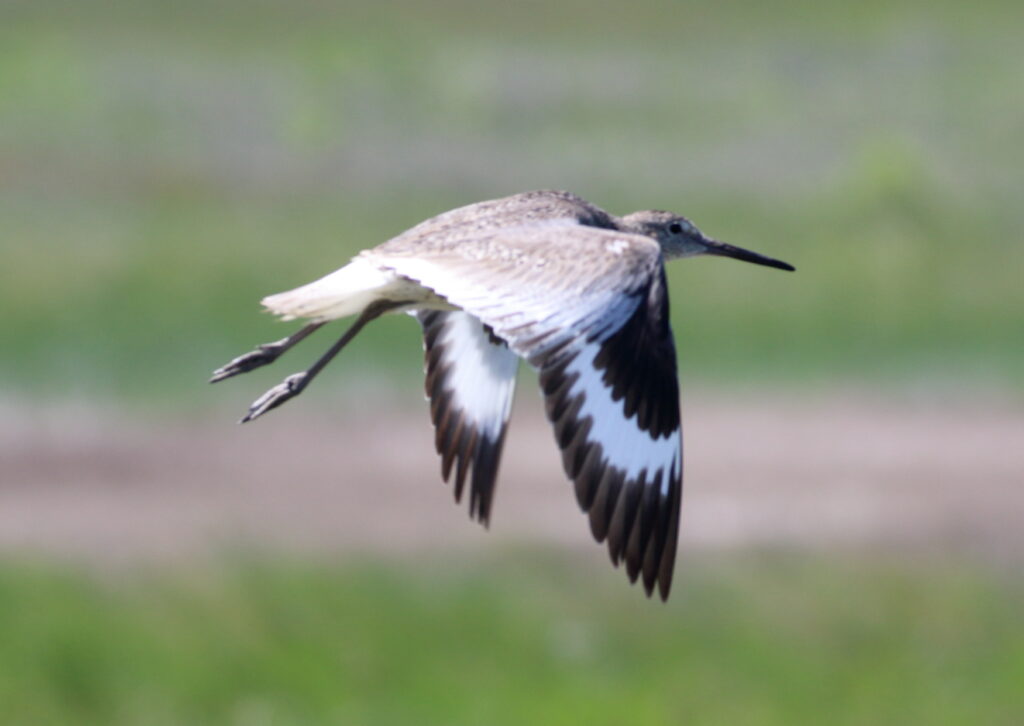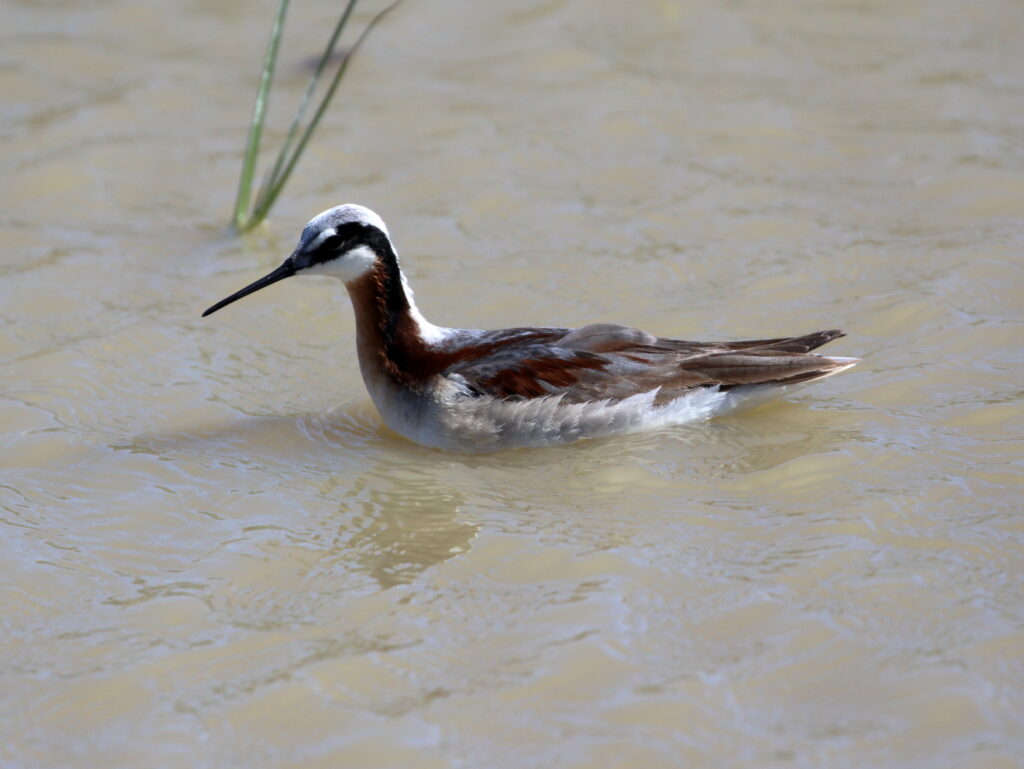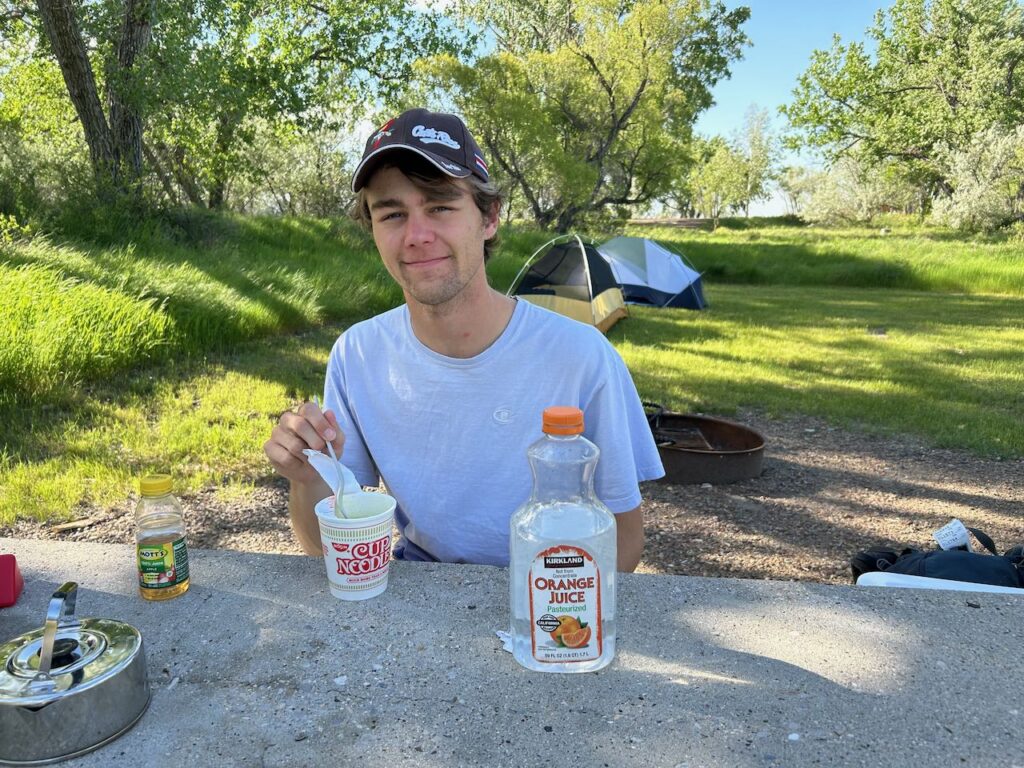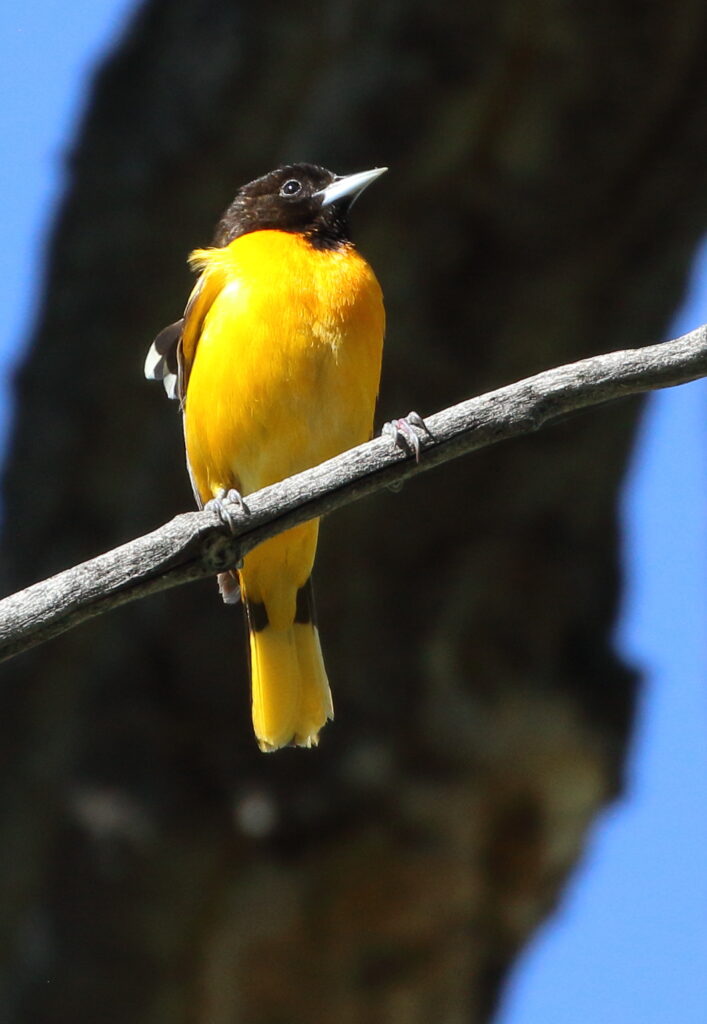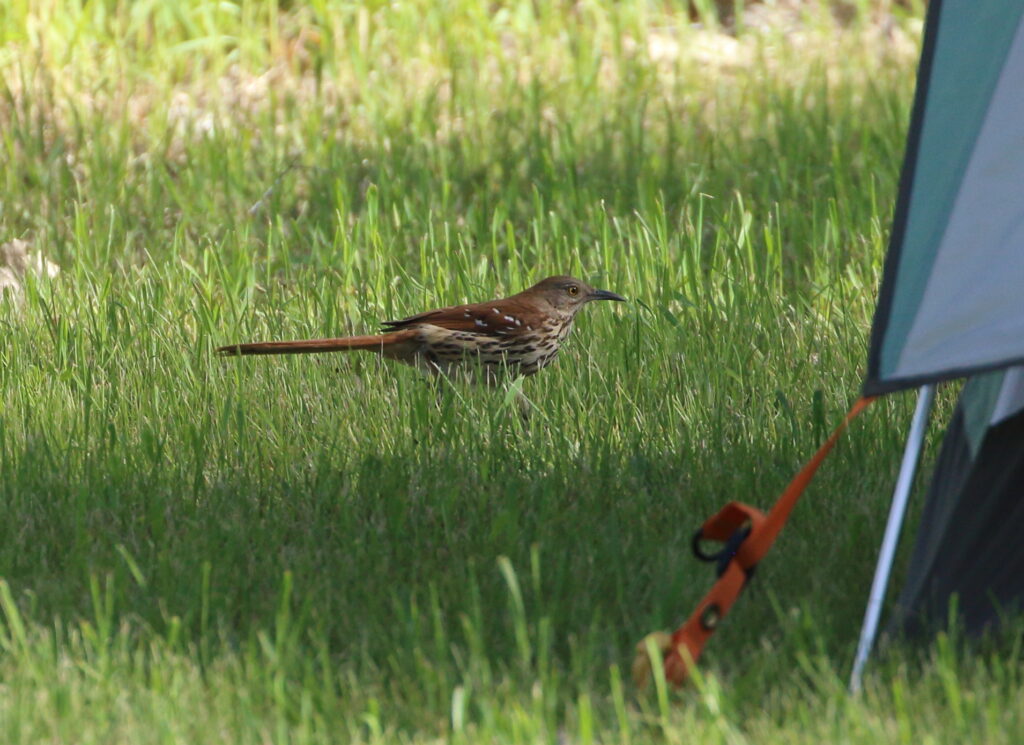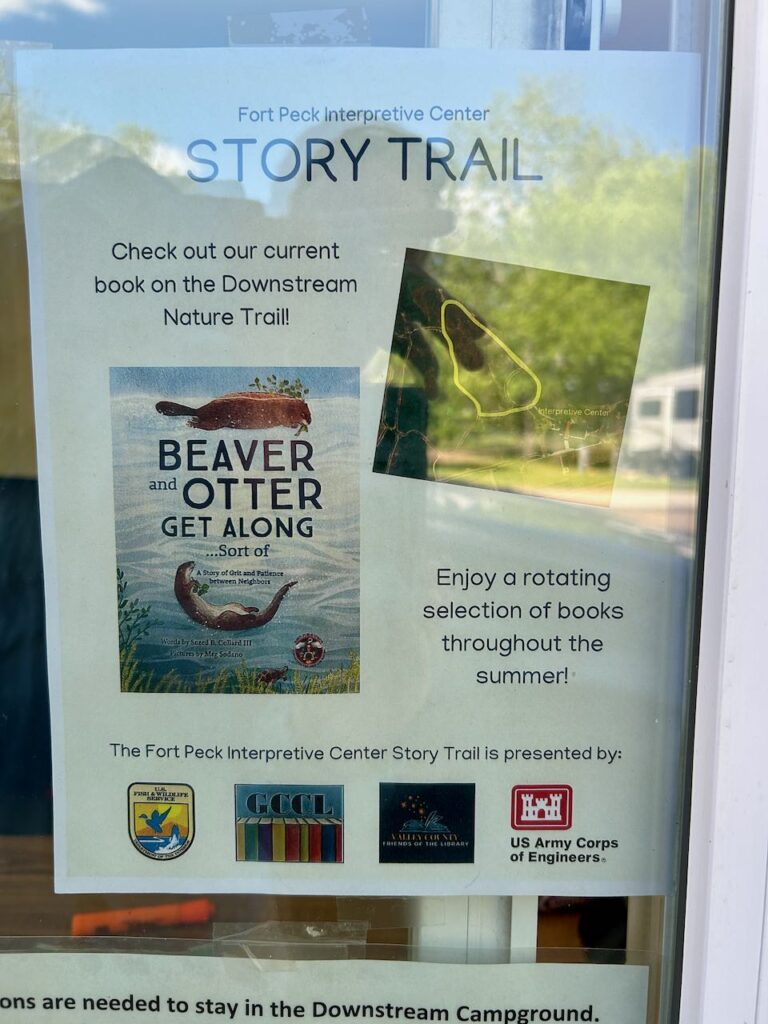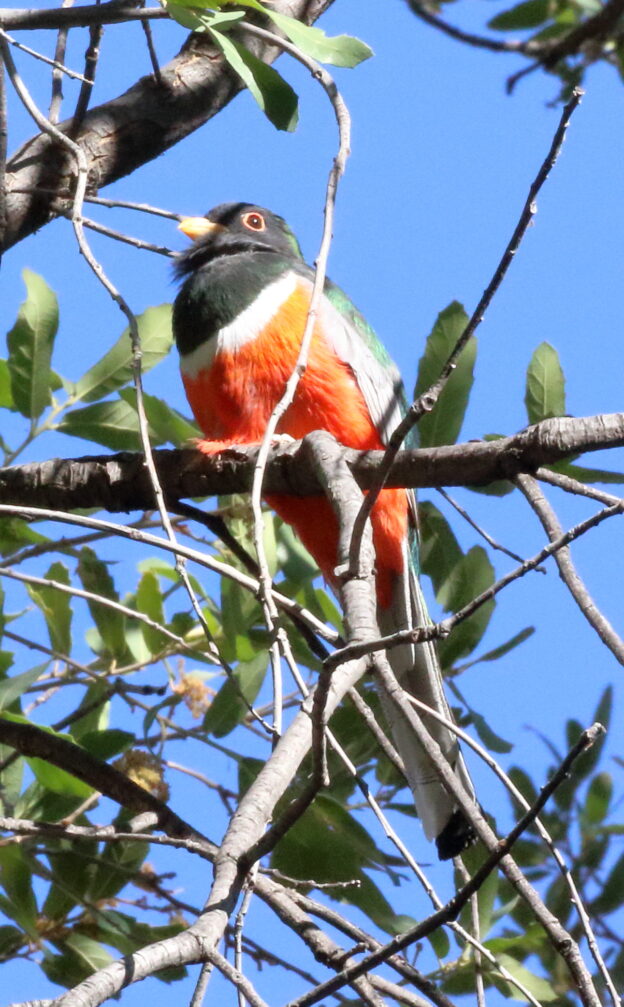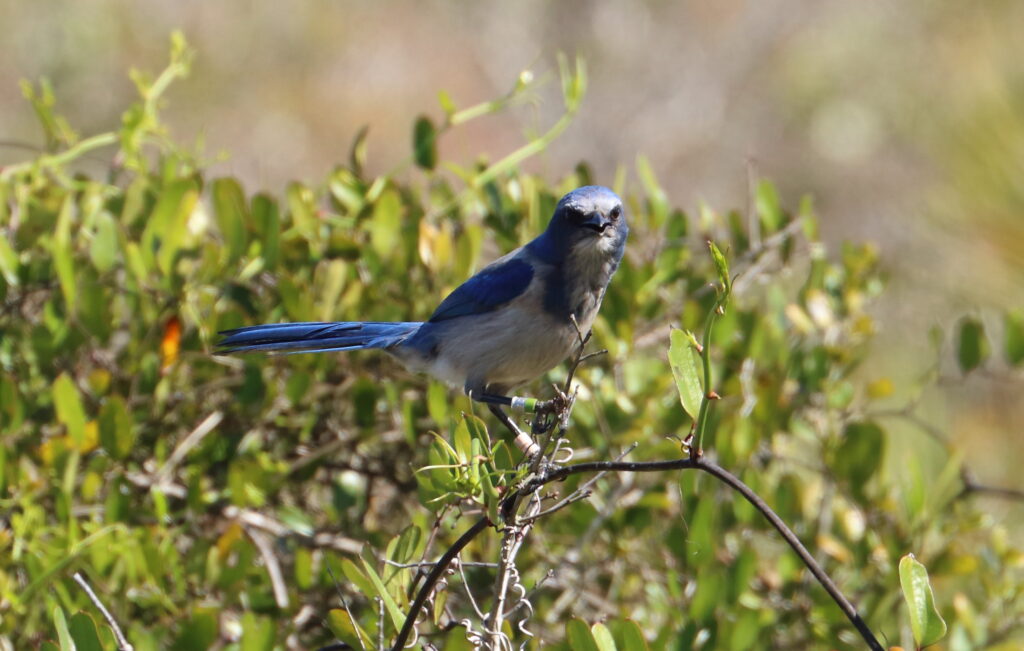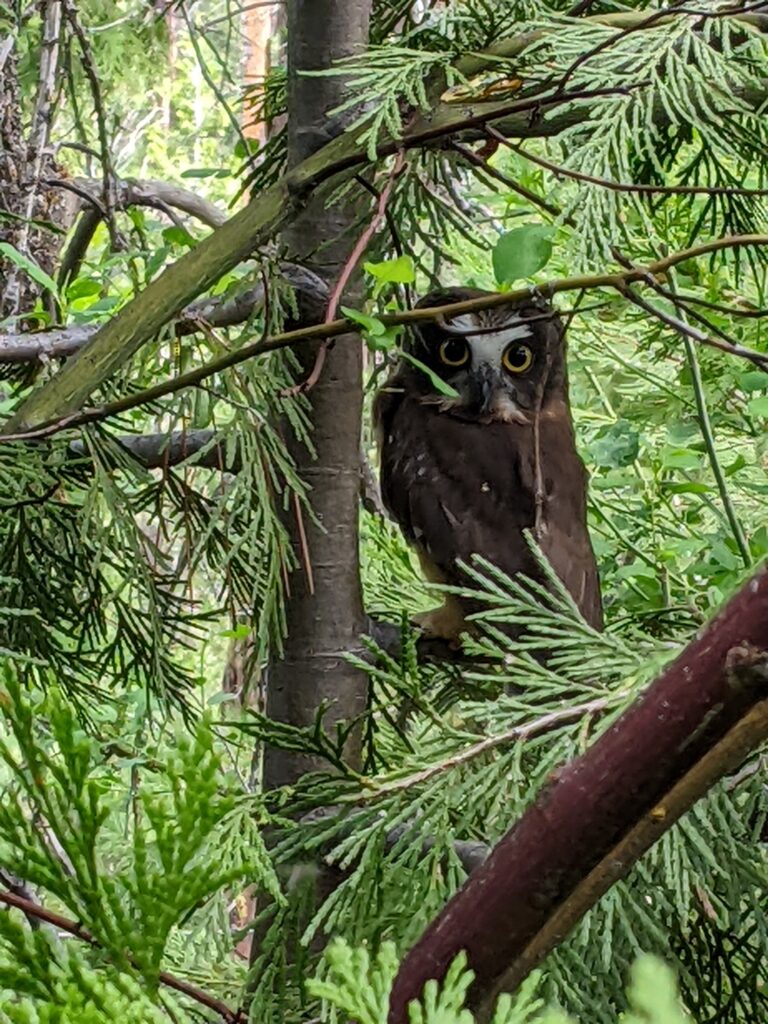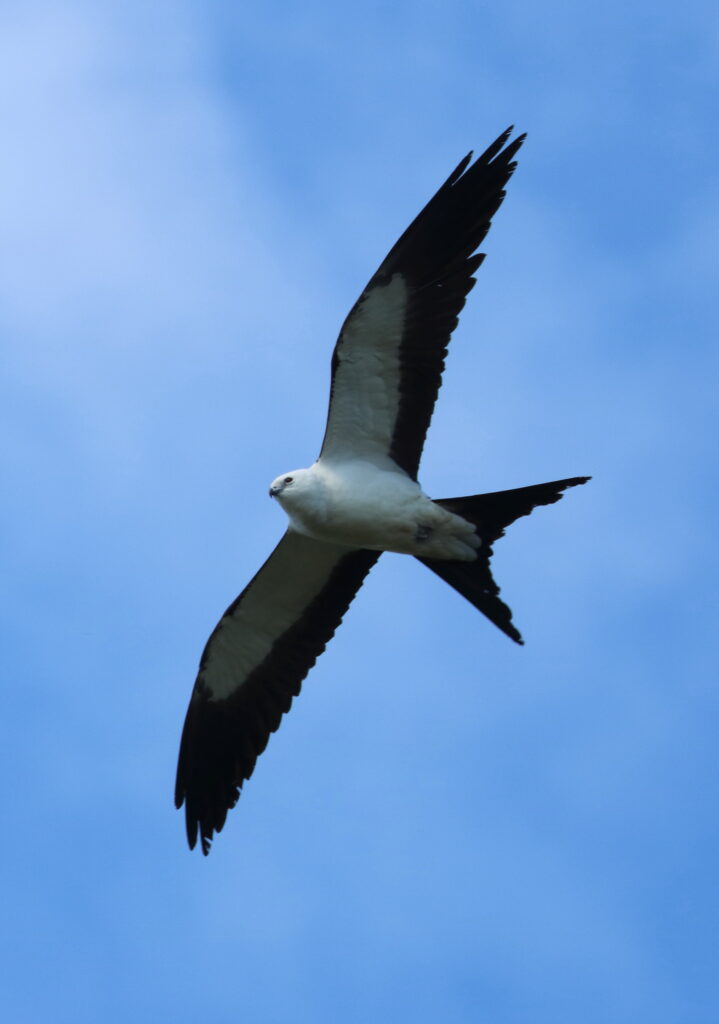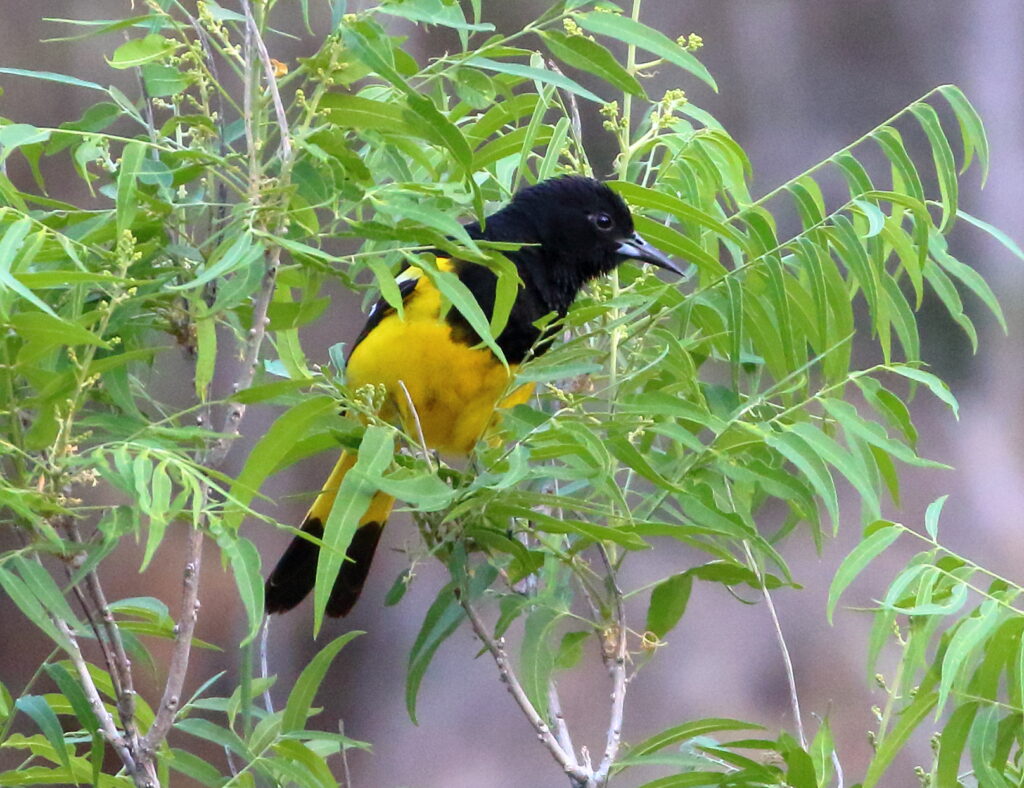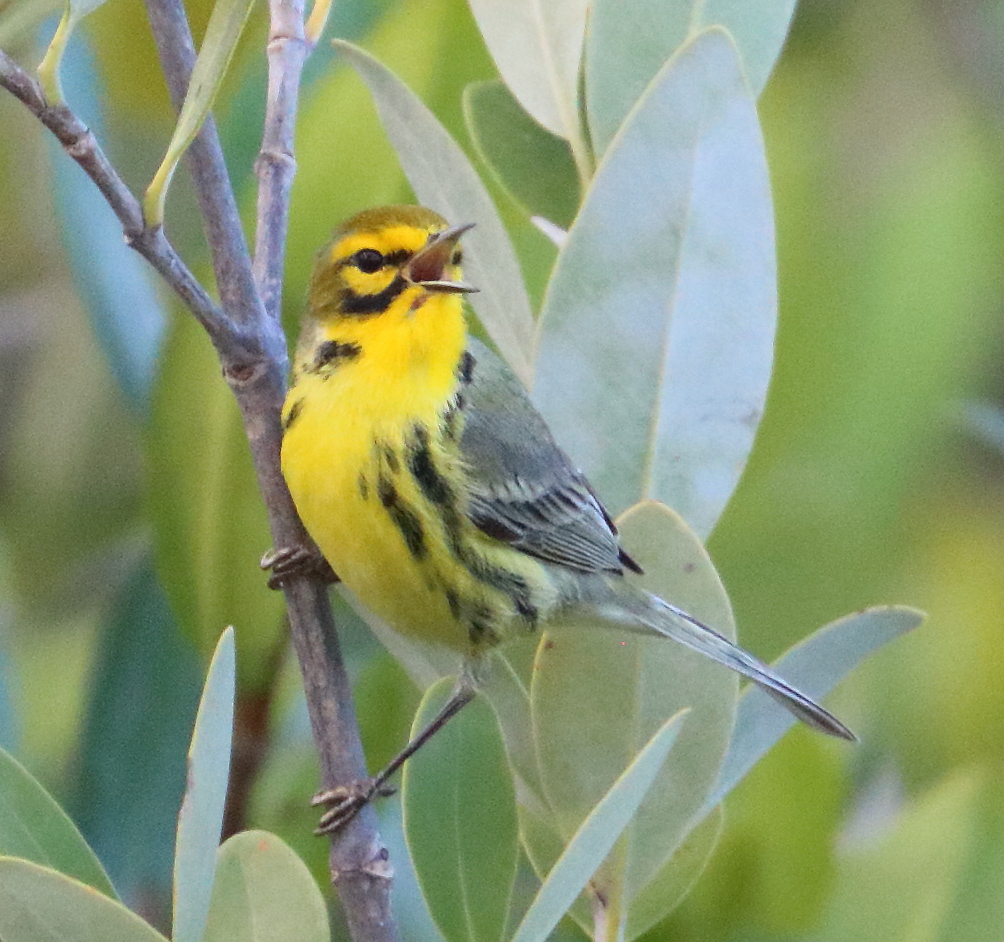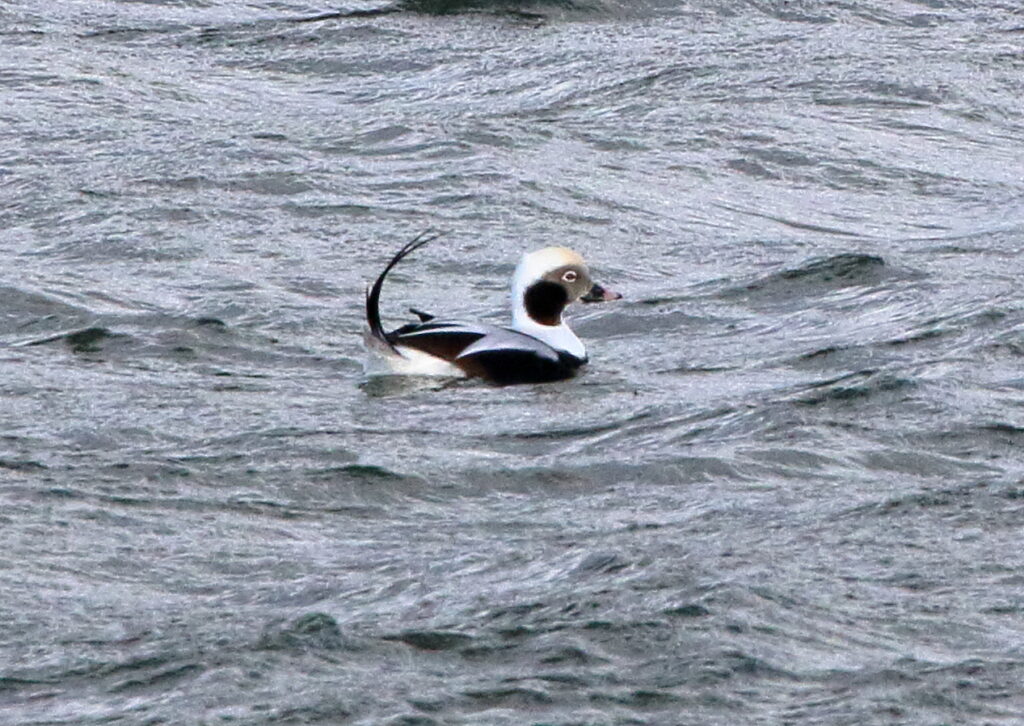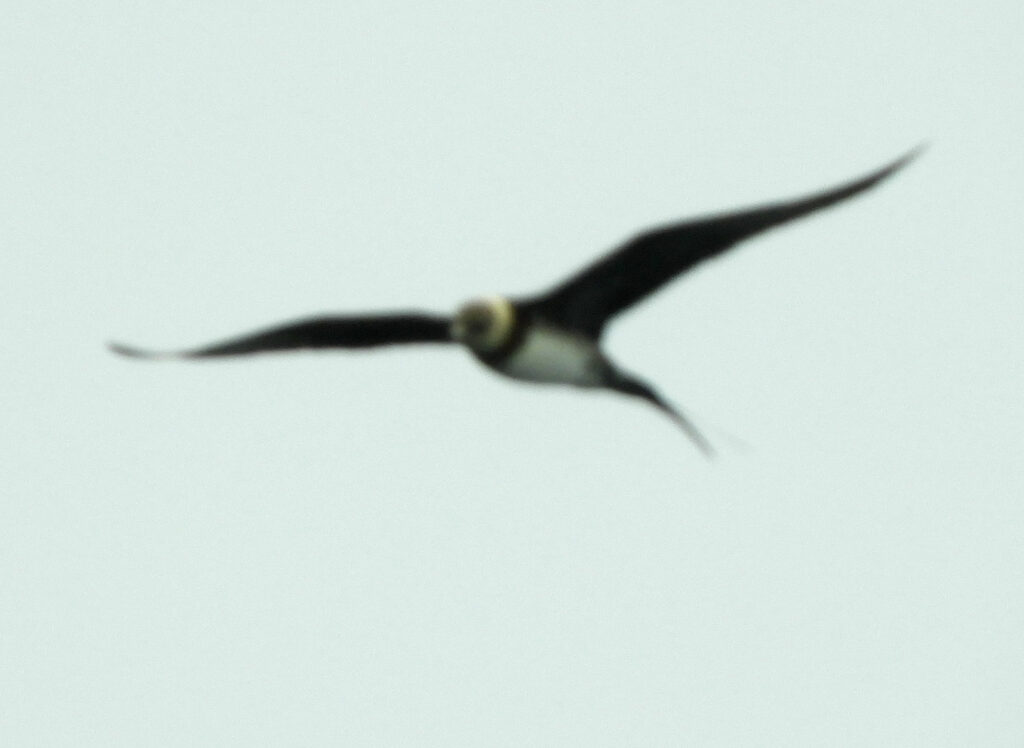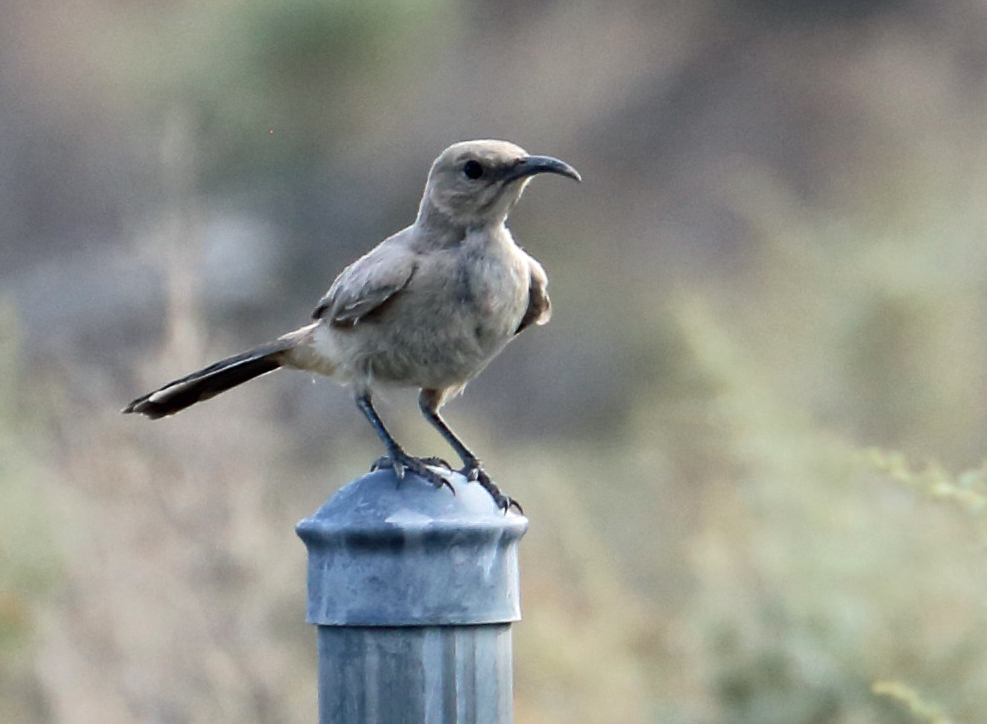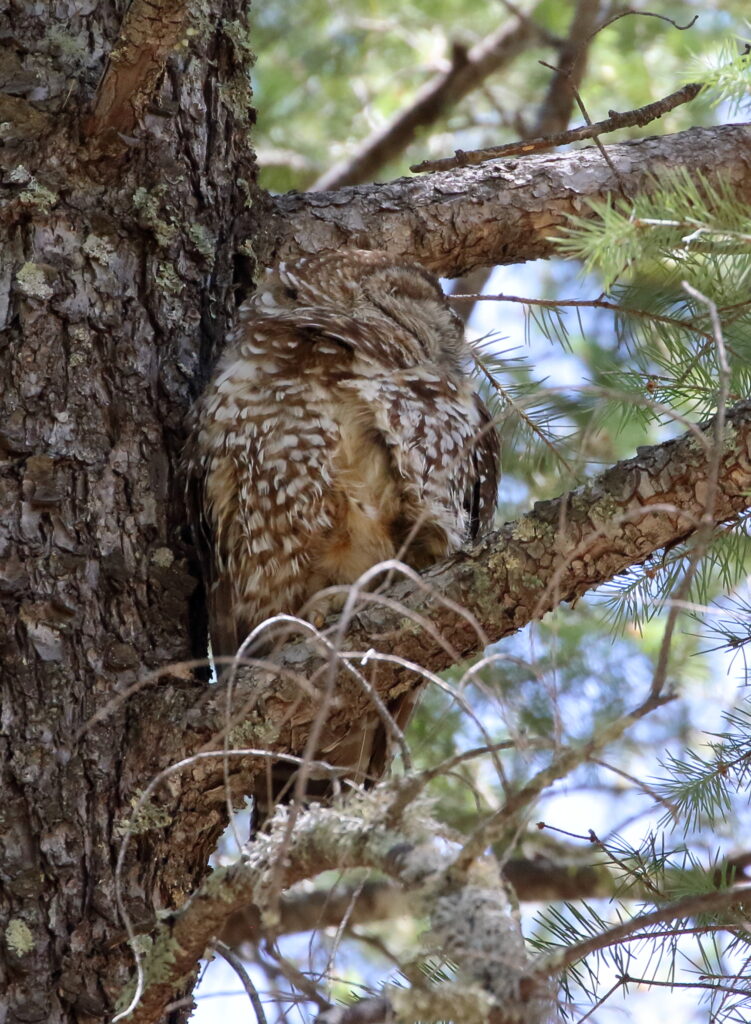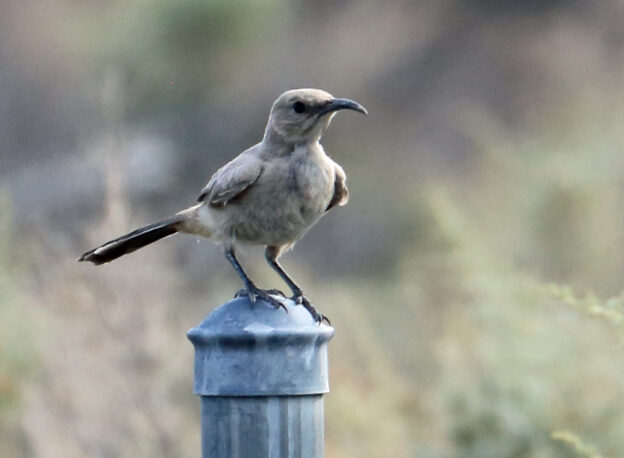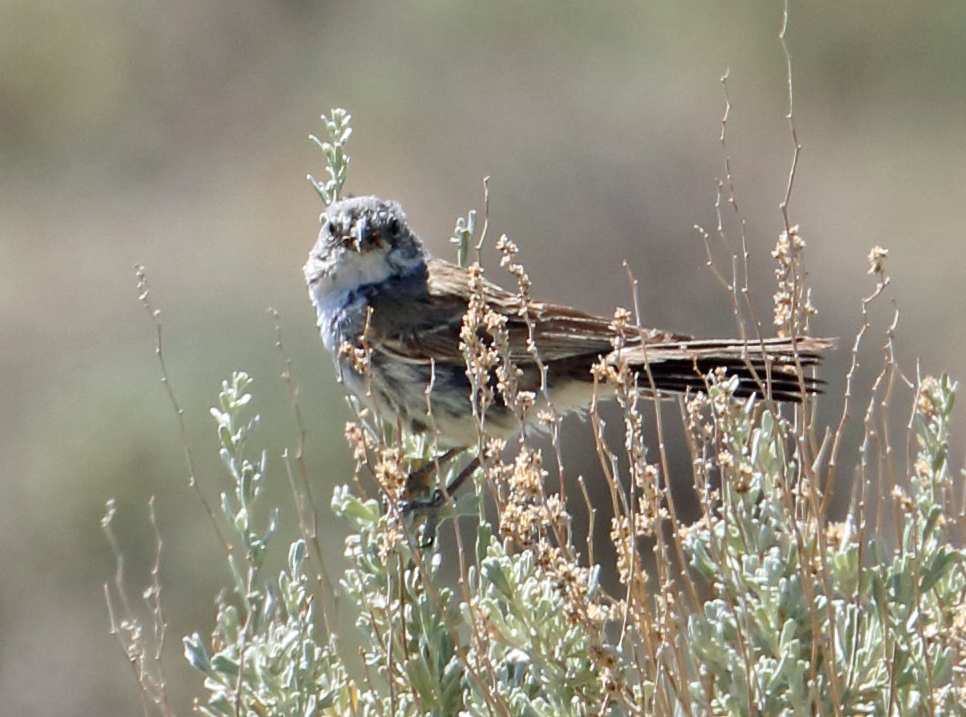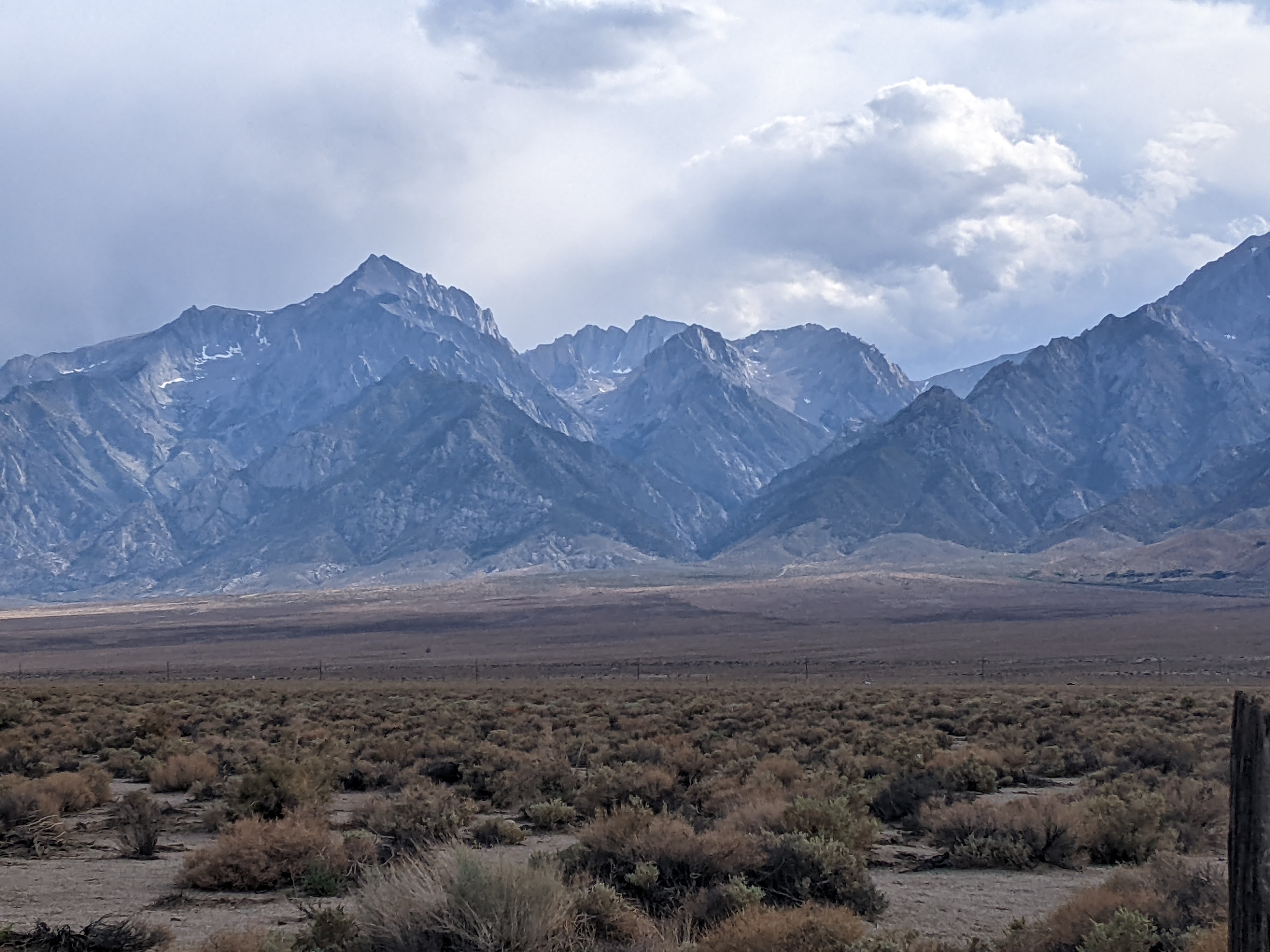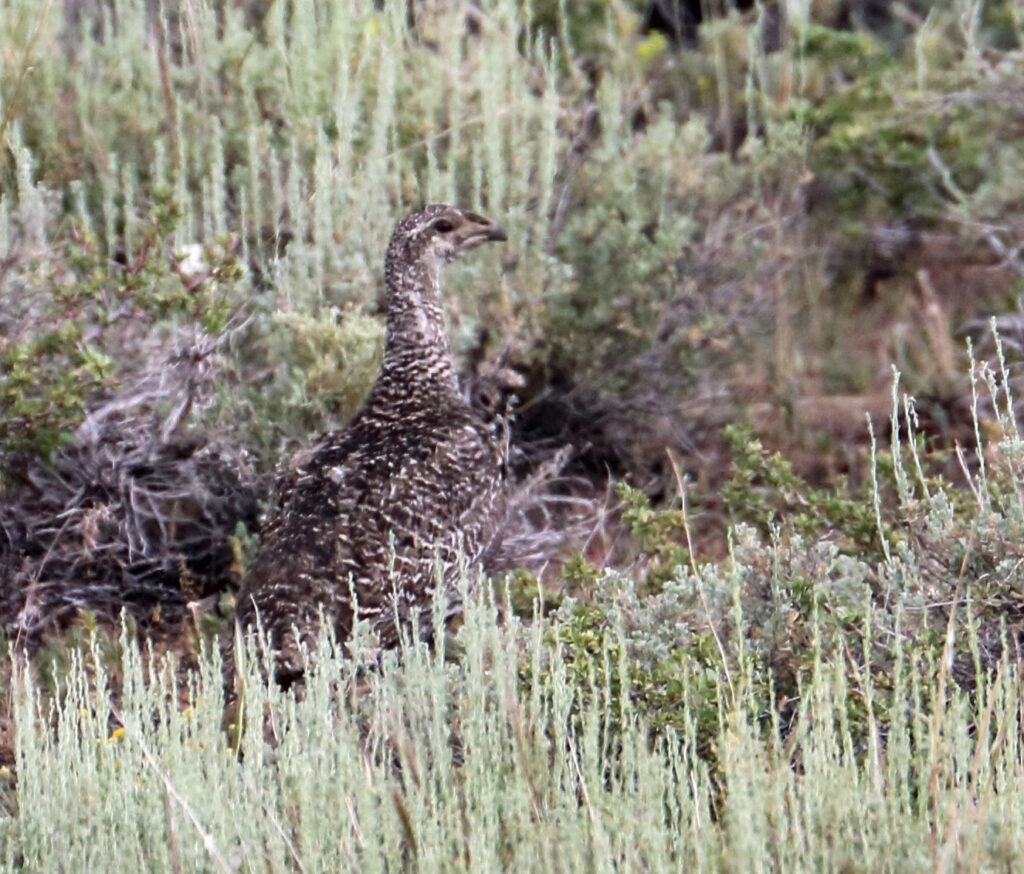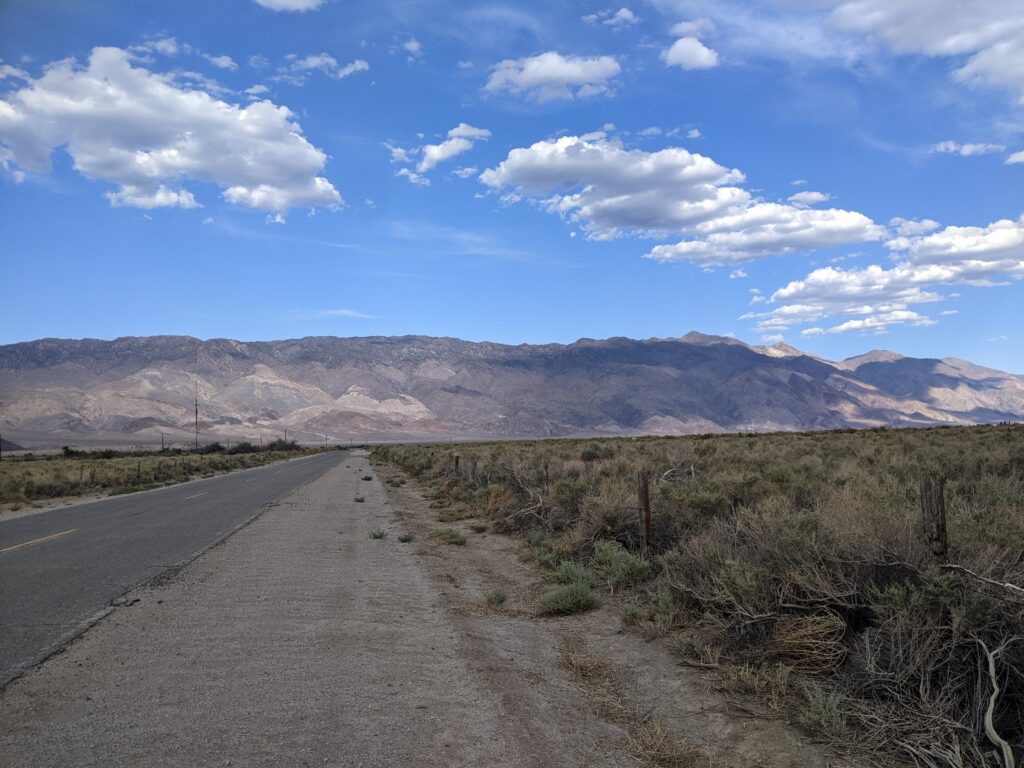As our final post for February, we feature a glimpse of Braden’s amazing winter break trip to Oaxaca (pronounced “wah-HA-kah”), Mexico with our friend, and now birding guide, Nick Ramsey. If you like tropical birds, we’ve got more treats coming your way—but we won’t spill the bird seed just yet. Meanwhile, if you’d like to support FatherSonBirding, please consider buying some of Sneed’s books—or supporting a bird conservation group of your choice (see our post “Saving Birds. It’s Time.”).
No words can capture the feelings of shock and disbelief that Nick Ramsey, Garrett Rhyne, Eugene Huryn and I felt when an adult male Red Warbler materialized in a bush in front of us. We’d originally pulled over to admire the view of Oaxaca City from several thousand feet up and, no surprise, had begun to notice birds the instant we got out of our rental car. Nick, who had been birding and traveling around northern Central America and Mexico for the last few weeks, pointed out the distinct high-pitched call of a Mexican Violetear, hidden somewhere in the foliage below us. Downslope, a large mixed flock of warblers was passing through, and we started to pick out species as they foraged on the ends of conifer branches—Hermit Warblers, Townsend’s Warblers, Olive Warblers, a Mexican Chickadee—species that birders could find in the western United States. Then the Red Warbler appeared, and we all lost our minds as we scrambled to take pictures of it against its light green backdrop.
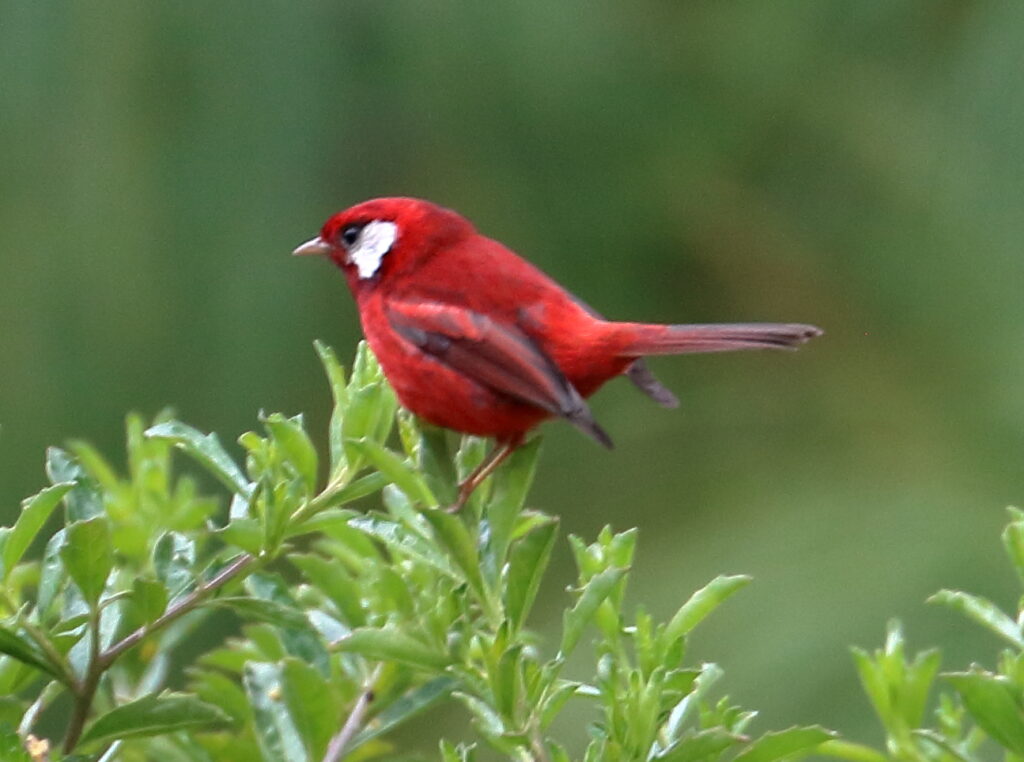
Camino la Cumbre, the road we’d turned onto ten minutes earlier, is one of Oaxaca’s more famous birding locations, and for good reason. As we continued driving up the road, which featured tall pine trees growing alongside ten-foot tall century plants, we stopped any time we heard or saw birds, which was often. Collared Towhees, White-eared Hummingbirds, Brown-backed Solitaires and more species we had on our target lists made appearances alongside the road, in habitat not all that different from what you might see in the middle elevations of California’s Sierra Nevada. Besides the Red Warblers, though, our biggest targets were a pair of species known for traveling together—one of the world’s largest wrens and one of the world’s smallest jays. The Gray-barred Wrens didn’t take long to find, and we bumped into several flocks of them, not skulking close to the ground like many US wrens do, but fifteen feet up in oak trees, picking through epiphytes in search of insects.
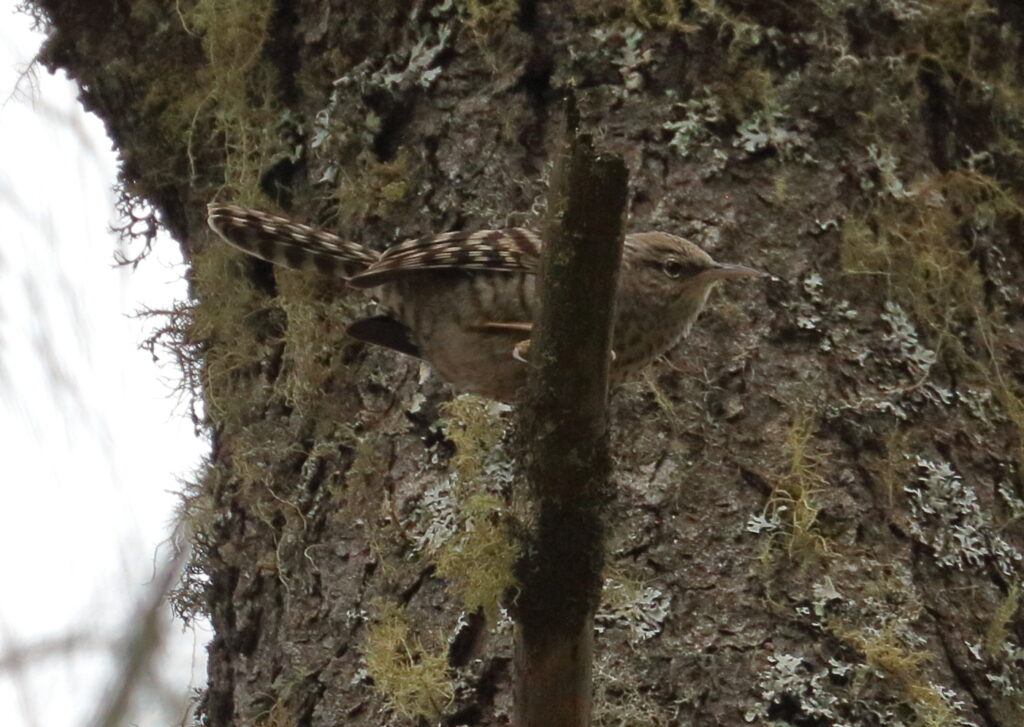
As we wound higher and higher up the road, the birds improved—as did the view of Oaxaca City below us. We’d flown in the previous day, and spent that evening and the following morning stalking through the scrubby, lowland habitat in search of other specialty birds, endemic only to dry valleys in south-central Mexico: Dwarf Vireo, Ocellated Thrasher, Bridled Sparrow. We’d been planning the six-day trip, which fell perfectly into my winter break, for several months, but only at the Dallas Fort-Worth Airport had I met Garrett and Eugene for the first time. Nick knew them from his time at LSU, and had brought us all together to see a small portion of the birds Mexico had to offer. And boy, did Mexico have a lot of birds to offer.
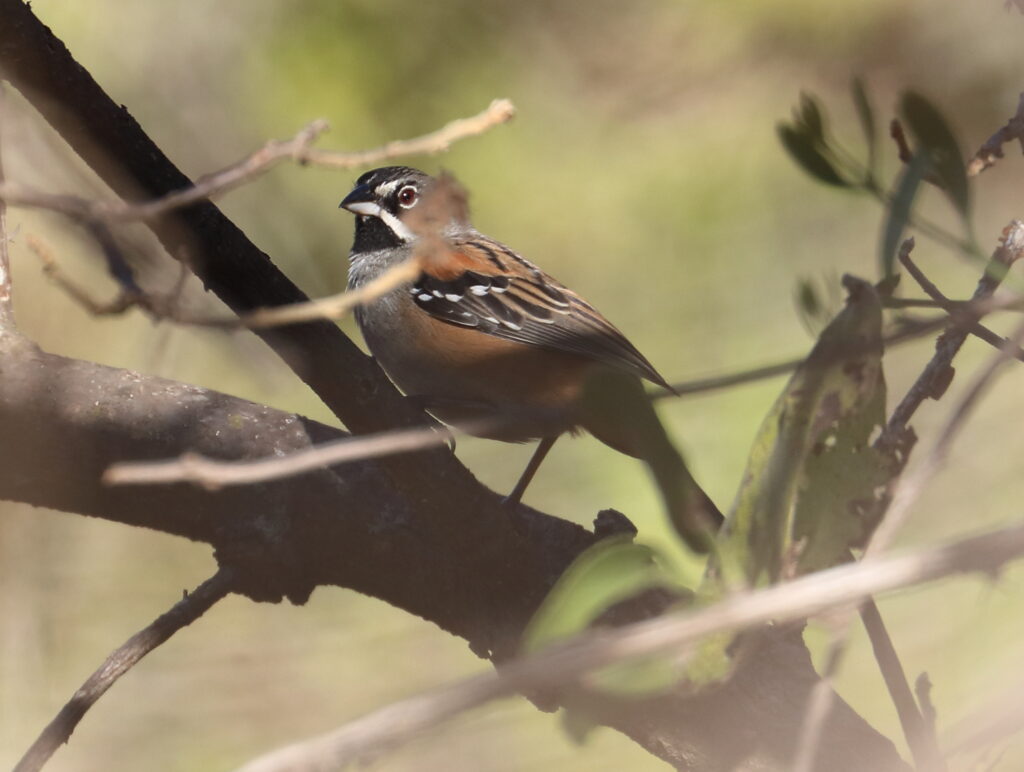
The Mexican state of Oaxaca is positioned so that it includes both the dry tropical forest of the Pacific and the rainforests of the Caribbean. More importantly, it is home to a variety of mountain ranges and dry valleys, each far enough apart so that different bird species can be found in each area. This diverse array of habitats means that Oaxaca is one of the most diverse areas in Mexico, and we planned to see the full extent of this diversity on our intense six-day itinerary.
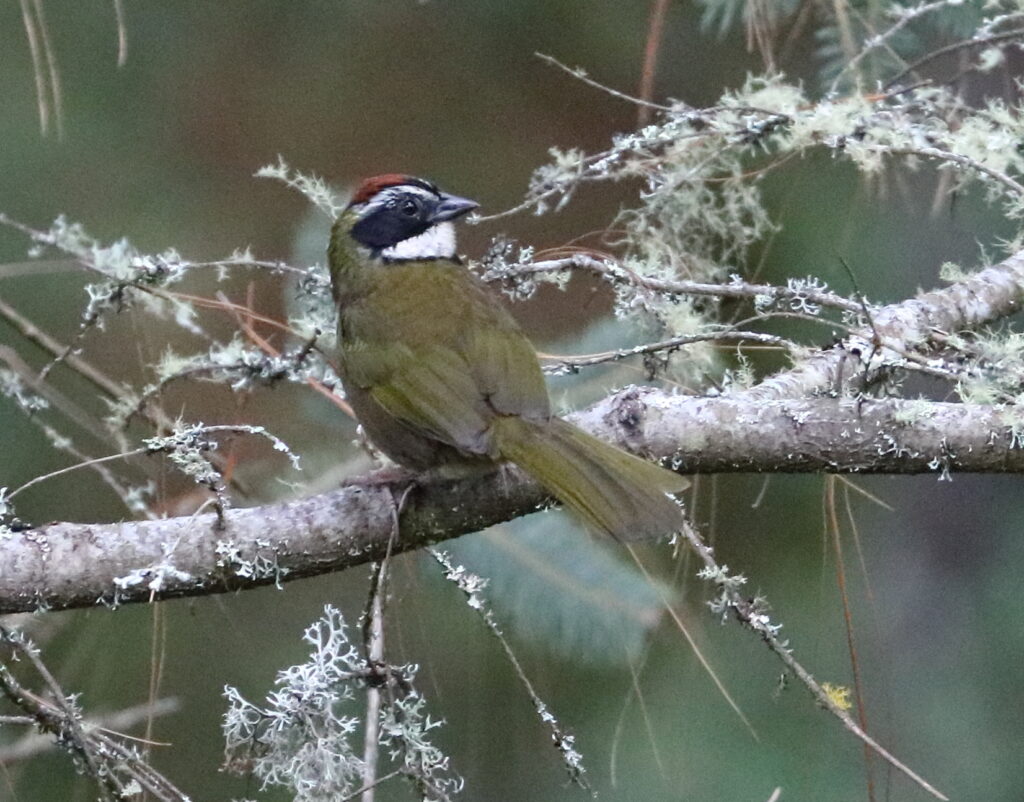
Camino la Cumbre was a major target area, and after an hour or so, we rounded a particularly foggy bend in the road, got out of the car, and laid eyes on our other major target: Dwarf Jays. Dwarf Jays are only known from the pine-oak woodland in the mountains north of Oaxaca, and thus the species was quite high on our target list. These tiny blue corvids were in the company of several Gray-barred Wrens as well as a Chestnut-sided Shrike-Vireo, a vireo that has evolved incredibly similar plumage to a Chestnut-sided Warbler, and we watched the mixed flock forage for a while, in awe of these birds we’d only seen in books before. We snagged a few more pine-oak species, including a beautiful male Bumblebee Hummingbird and a pair of particularly skulky Golden-browed Warblers, then continued north to our next birding location. In the following days, we would be driving down and then up the side of another mountain range into the cloud forest, then down into the rainforests of the Caribbean slope.
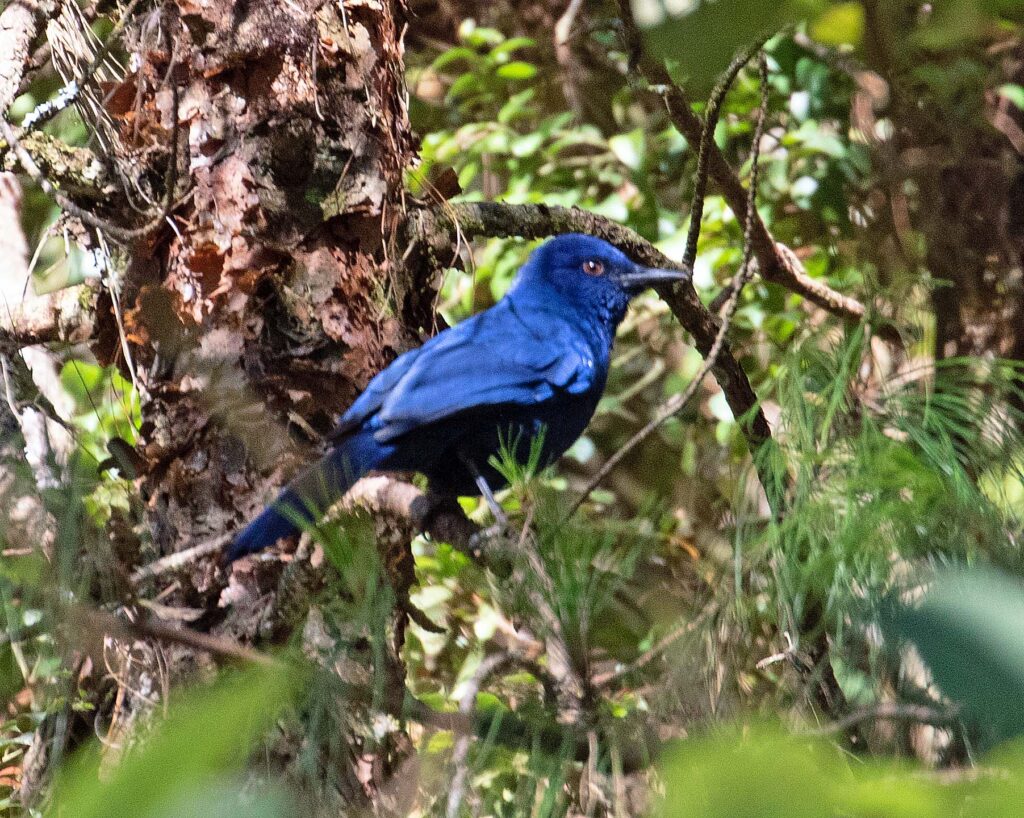
Almost as exciting as the number of life birds all four of us were getting were the huge quantities of North American birds we saw at every stop! When I’d been in Costa Rica (see Braden’s post on El Copal and his other Costa Rica posts), the common neotropical migrants were eastern birds like Chestnut-sided Warbler and Wood Thrush, species that I’d gotten to know the summer before in Pennsylvania. But in southern and western Oaxaca? Half the birds were Montana species! In several locations we came across triple-digit numbers of Violet-green Swallows, as well as roving mixed flocks of orioles and Western Tanagers. Our first morning of birding yielded a group of more than a hundred Cassin’s Kingbirds, and we found MacGillivray’s, Wilson’s, and Orange-crowned Warblers foraging low in bushes while Townsend’s and Hermit Warblers hunted higher up, near the tops of pine trees.
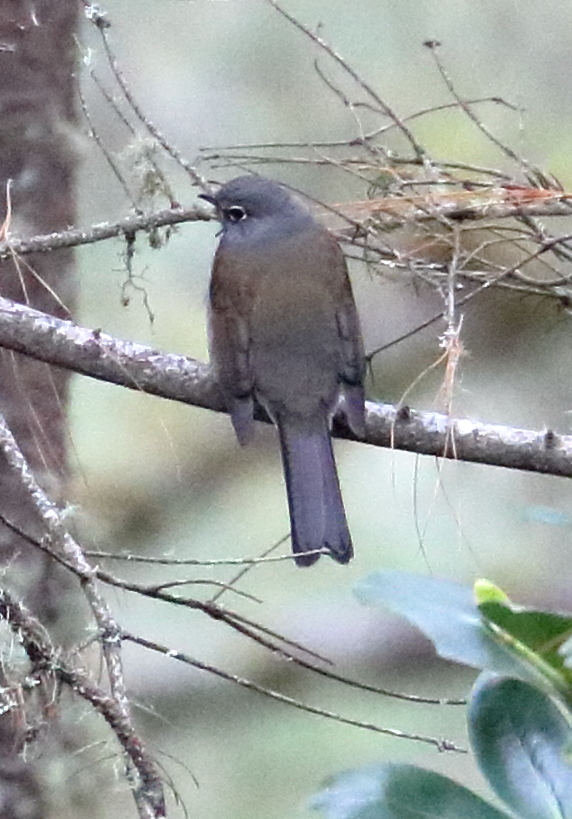
These species reminded us that Mexico is, after all, a part of North America, even though American birders and citizens seem to forget that frequently. The birds and habitats in parts of Oaxaca mirror what you might encounter on a warm February day in southeastern Arizona. Plus, ABA birders spend hundreds and thousands of dollars driving and flying across the country to see rarities like Slate-throated Redstart or southern Texas specialties like Altamira Oriole . . . and yet, for a similar amount of money, they can fly just a little bit farther to where these birds are not only common but joined by hundreds of other spectacular tropical species. If there’s one thing I was sure of, even on Day One of our Oaxaca trip, it’s that I would be coming back to Mexico.
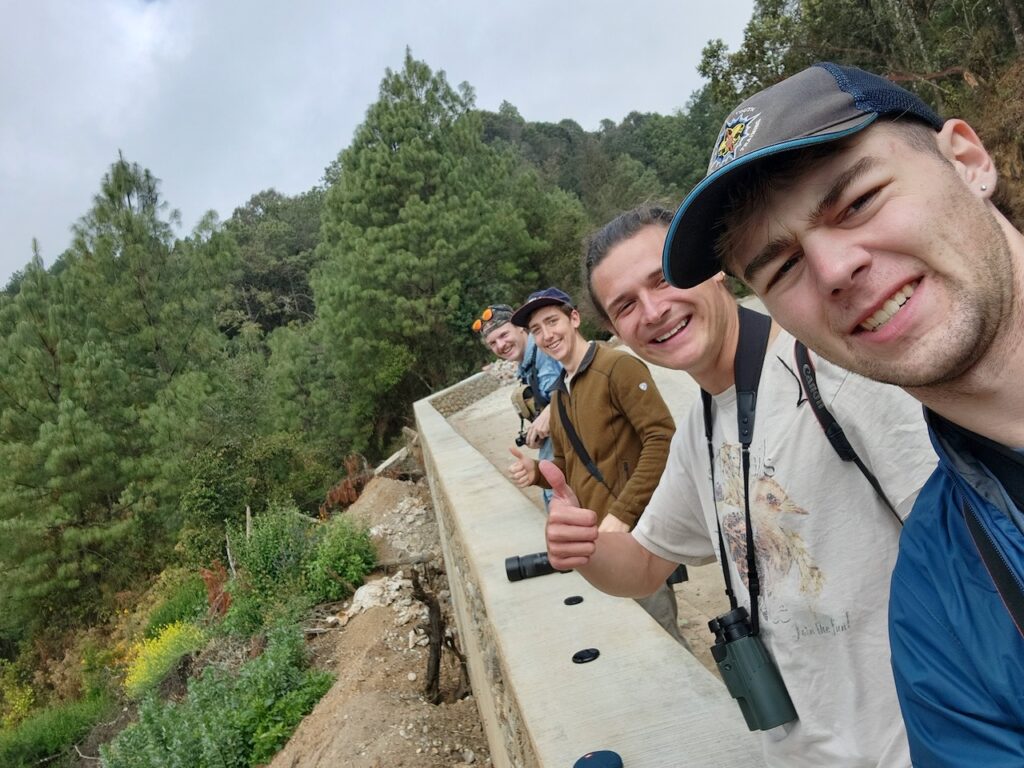
This post is written, photographed, and edited by human beings!

